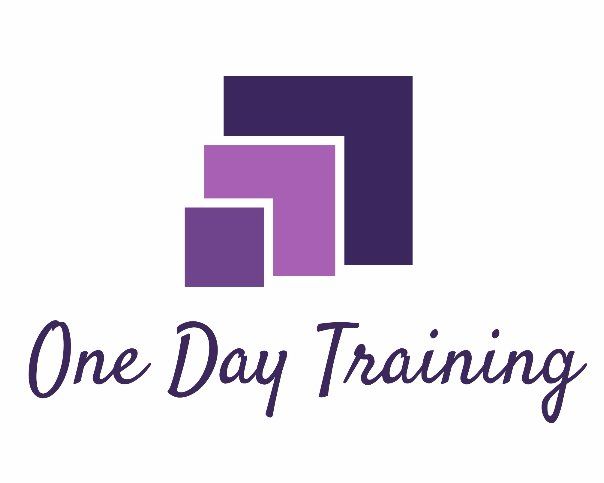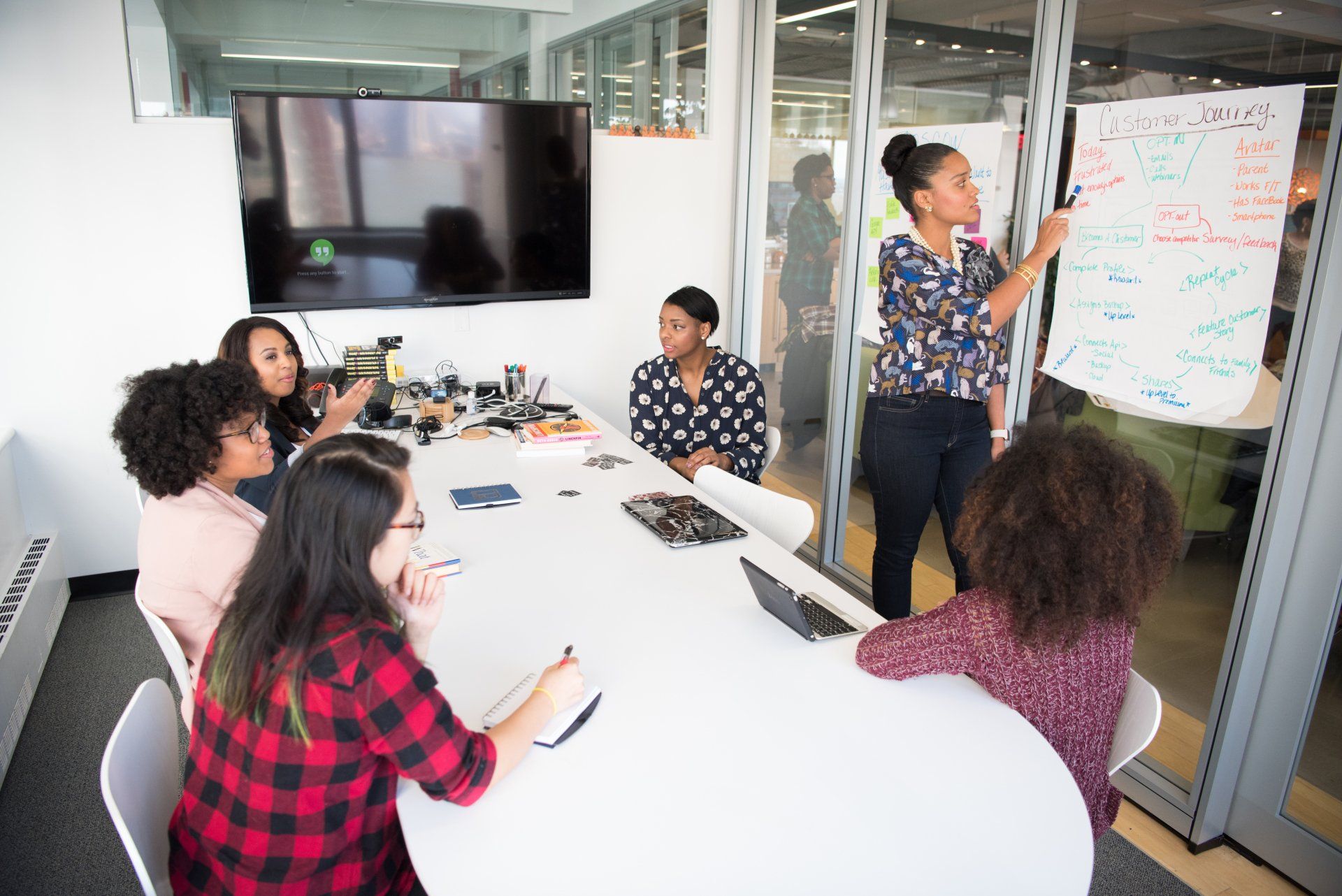Problem solving can be simple.
Got work problems? Well, who doesn’t? Many problems are minor and easily addressed by a thinking of the solutions and then deciding on a course of action. Then doing that action. Of course, some mid-course evaluation will help you to reflect on the fact that you have indeed taken the right course of action. Stop if you haven’t – don’t persist with the ‘wait and hope’ strategy that things will come right. Take a different action and move to do that.
For some problems you may need a bit more time and effort to work out what to do. Also sharing the problem solving with others can lead to new insights and other points of view to assist you in getting a clearer picture.
Here are four (simple) steps to help you be more effective in problem solving in your work environment.
- Gather information – get as much as necessary so that you know what the problem is and what the likely causes are. You could ask a series of Why questions to really get to the bottom of the problem.
- Develop and evaluate alternatives – this can take a while, but it is time well spent on thinking about options then without dismissing them immediately, work through the implications or consequences of taking each approach. Decide which of the alternatives will work best for you and for the other stakeholders.
- Select that ‘best’ alternative. Consult with people you trust to get their views. Make a plan to put it into action, if necessary, take small steps then evaluate. Make course corrections as you need to.
- Follow up. Did it work? Was the action worth the effort and time commitment?
Watch out for your own bias: do you move too quickly or delay too long to make decisions? Check in with others that know you, to find out if they can help you identify whether you have a bias.
Want to learn more about goal setting and problem solving: contact us about Five Critical Skills for Supervisors and Team Leaders. Carol@onedaytraining.co.nz
Ideas, views and other weird stuff. Search the blog:











